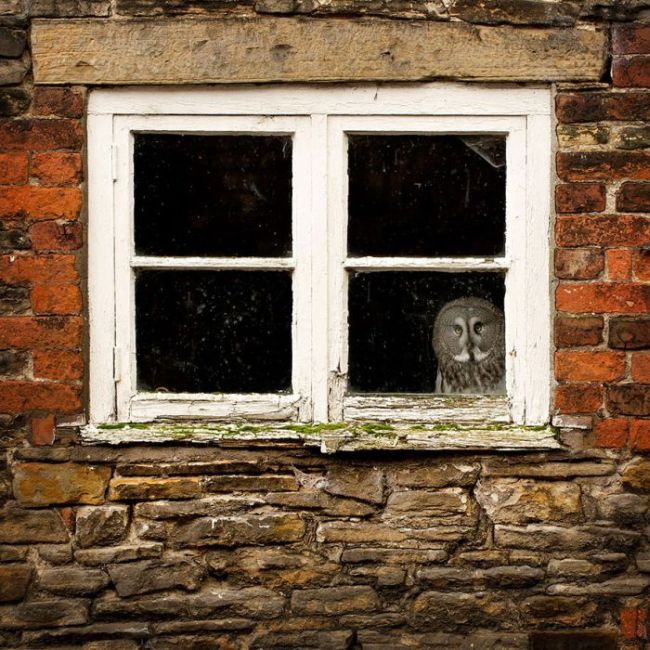|
|
Owl Birds
|
The smallest owl — weighing as little as 31 g (1.1 oz) and measuring some 13.5 cm (5.3 inches) — is the Elf Owl (Micrathene whitneyi). Some of the pygmy owls are scarcely larger. The largest owls are two of the eagle owls; the Eurasian Eagle Owl (Bubo bubo) and Blakiston's Fish Owl (Bubo blakistoni) — which may reach a size of 60 – 71 cm (28.4 in) long, and have a wingspan of almost 2 m (6.6 ft), and an average weight of nearly 4.5 kg (10 lb).
Different species of owls make different sounds; this wide range of calls aids owls in finding mates or announcing their presence to potential competitors, and also aids ornithologists and birders in locating these birds and recognizing species. The facial disc helps owls to funnel the sound of prey to their ears. In many species, these discs are placed asymmetrically, for better directional location.
The plumage of owls is generally cryptic, but many species have facial and head markings, including face masks, ear tufts and brightly coloured irises. These markings are generally more common in species inhabiting open habitats, and are thought to be used in signaling with other owls in low light conditions.
Owl eggs usually have a white color and an almost spherical shape, and range in number from a few to a dozen, depending on species. Eggs are laid at intervals of 1 to 3 days and do not hatch at the same time. This fact accounts for the wide variation in the size of sibling nestlings. Owls do not construct nests, but rather look for a sheltered nesting site or an abandoned nest in trees, underground burrows, or in buildings, barns and caves.
|
|









